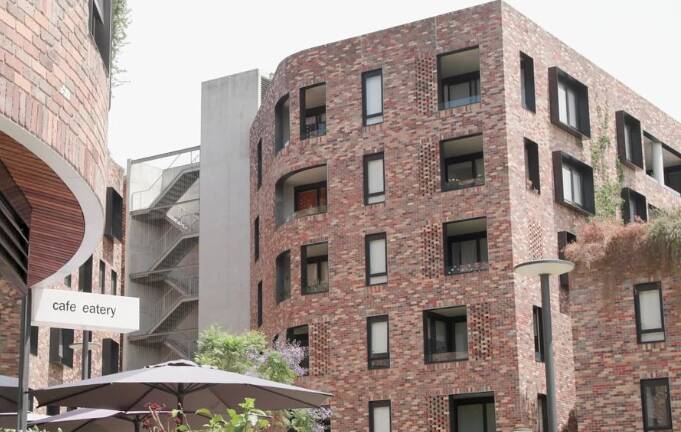
Newcastle council says it does not support a state government plan to override local planning controls to allow six-storey buildings close to the city's shopping precincts.
The Minns government's Low and Mid Rise Housing Reform and Transport Oriented Development (TOD) programs are designed to boost housing supply by allowing apartment buildings up to six storeys around a host of train stations and "town centres" across Sydney, Newcastle and Wollongong.
The government announced last year that the new TOD rules would apply within 400 metres of seven Hunter train stations, Newcastle, Hamilton, Adamstown, Kotara, Teralba, Booragul and Morisset, from April.
A government report outlining the intended effect of the Low and Mid Rise Housing Reform reveals the rules also will apply within 800 metres walking distance of shopping precincts zoned "local", "commercial" and "mixed use".
The new rules cover land within 800 metres of dozens of Newcastle and Lake Macquarie shopping centres, including Mayfield, Adamstown, Jesmond, Belmont, Charlestown, Wallsend, Warners Bay, Swansea, Kotara, Speers Point, The Junction, Lambton and Waratah.
The reforms allow for six-storey buildings within 400 metres and five-storey unit blocks within 800 metres of many shopping districts, regardless of height limits in surrounding residential zones.
The government proposes to set "non-refusal standards" for height and density which would "overrule" councils' local environmental and development control plans.
City of Newcastle said the Low and Mid Rise Housing Reform had widespread impacts for most of the city's shopping precincts, train stations and major roads.
The council said it did not support the proposed reforms applying to its strategic centres of Broadmeadow, Kotara and Newcastle city centre.
The council has made formal submissions to the government expressing its concerns about how the reforms will affect the city's planning strategies, heritage conservation areas and affordable housing aims.
"CN provided the Department of Planning, Housing and Infrastructure (DPHI) with detailed submissions that raise concerns with the reforms and have offered to work with the department to better address these areas with a more collaborative approach," a council spokesperson said.
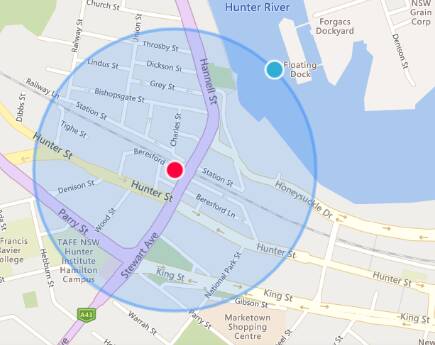
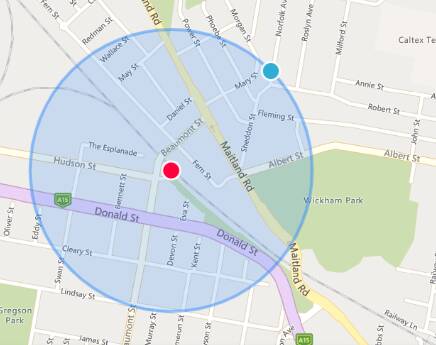
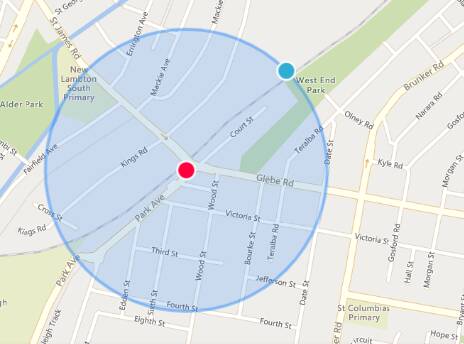
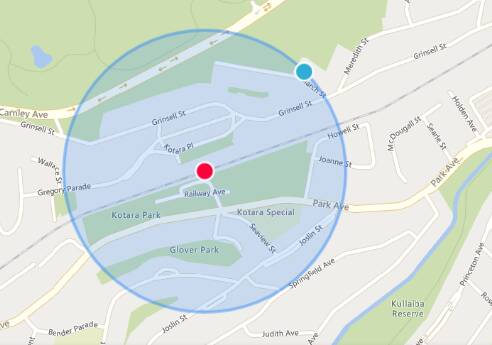
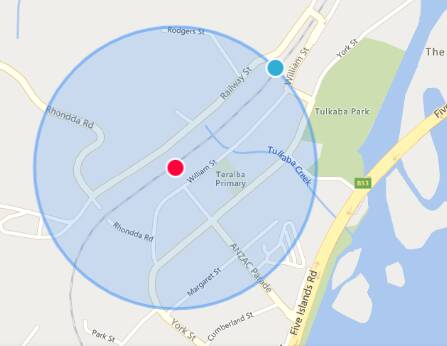
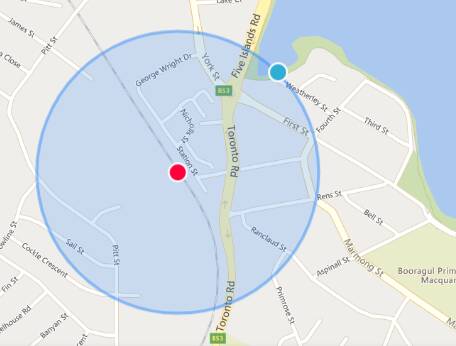
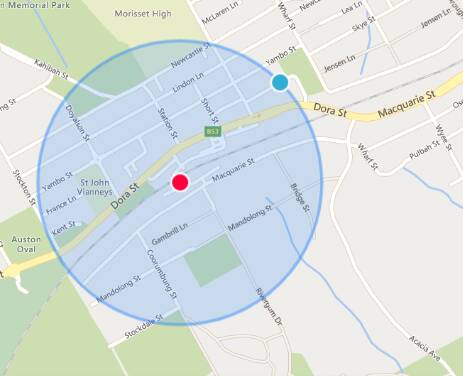
Lake Macquarie City Council said the proposed reforms were "largely consistent" with its planning strategies but should be "applied appropriately for local context, balancing housing supply with neighbourhood amenity".
"It's also crucial for other levels of government to provide funding for new infrastructure to support this planned growth," a council spokesperson said.
The council's submission on the reforms says the three "strategic" economic centres of Charlestown, Glendale and Morisset as well as Cardiff, Toronto, Warners Bay, Mount Hutton and Belmont meet the DPHI criteria of being well located with access to frequently needed goods and services.
The submission says the "local" centres of Windale, Jewells, Boolaroo, Edgeworth, Cameron Park and Wyee also meet the criteria and are identified in a council planning strategy as locations for future increased "lower-scale" housing density and diversity.
Despite the non-refusal standards, the council spokesperson said it still expected to assess development applications on merit.
"We understand there will continue to be a merit-based development assessment process under the reforms."
Lake Macquarie council has declared most of the land around Teralba station as a heritage conservation area to "conserve the heritage significance, landscape setting and visual setting" of the suburb.
City of Newcastle has adopted a master plan for Wickham which includes a "Village Hub" precinct designed to preserve part of the suburb's heritage scale and character.
The hub, all of which lies within a 400-metre radius of Newcastle Interchange, has a height limit of 10 metres and is zoned for mixed use.
A staff report presented to Central Coast Council this week said the proposed changes to planning rules around Gosford, Tuggerah, and Wyong train stations were "unlikely to generate any significant increase in housing to warrant the complications of creating new policy layers".







